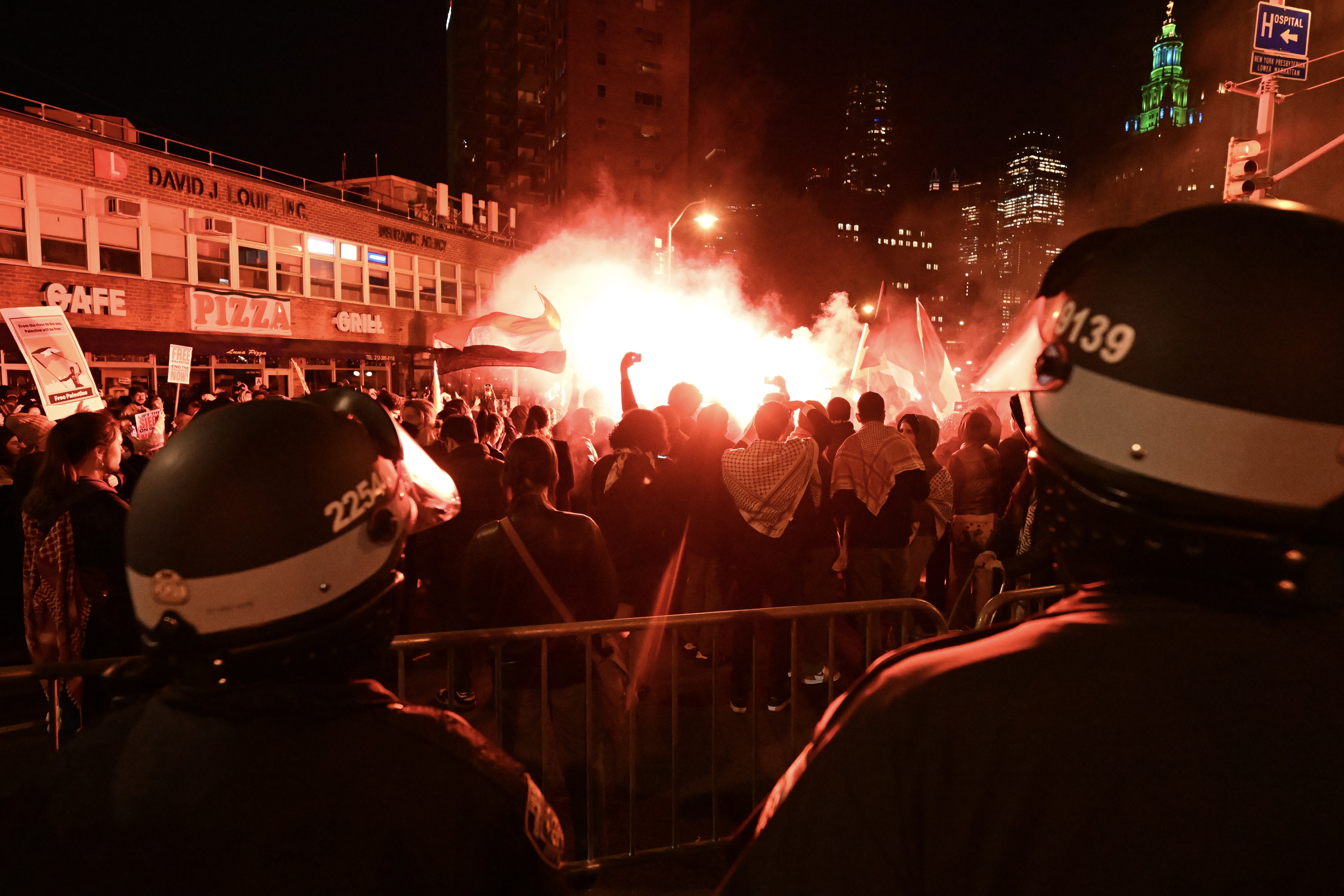What to Know
- Storm Team 4's Winter Outlook for 2018-19 predicts higher-than-average precipitation, both in the form of snow and rain
- Wild swings in temperatures are also expected, and there will likely be an opportunity for a rare ice storm event
- The snowiest months are expected to be January and February, when Storm Team 4 predicts three or four storms with 6 inches or more
The Storm Team 4 Winter Outlook for 2018-19 calls for higher-than-average snowfall in the tri-state area, with somewhat milder than average temperatures overall. A few key points before we dig into the long-range forecast:
- The pattern favors more coastal storms, which tend to bring us our biggest snowstorms.
- We are likely to see many temperature changes this winter, swinging from milder to colder several times.
- Ice storms are a bit more likely this year than in a typical tri-state winter.
- A significant "January thaw" is more likely this year than in past years
THE WHY: El Nino Factor
The first factor in Storm Team 4’s winter weather forecast is the El Nino Southern Oscillation or ENSO. ENSO refers to the temperature difference, either warmer than average or colder, of a specific area of water near the equator in the Pacific Ocean. A big swing in temperature, either toward a strong El Nino (warmer than average temperatures) or a strong La Nina (colder than average) will affect our weather pattern for months on end.
Storm Team 4 Reveals Winter Outlook for 2018-19
If the signal is not as strong, like this year, the effects on the tri-state area are lessened and not as straightforward. That said, weak to possibly moderate El Nino conditions are expected to develop and continue through the winter. But even when the El Nino conditions are weak, the pattern favors the development of coastal storms, with jet stream activity bringing the active storm track to the Northeast and Mid-Atlantic states. Therefore, Storm Team 4 expects above-average precipitation this winter, both in the form of rain and snow.
Local
WILD TEMP SWINGS, RARE ICE STORM
This winter’s El Nino is forming a bit farther north than the "Super El Nino" of 2015-16. That winter was nearly snow-free until our record-breaking blizzard in January 2016. The more northerly location of this current El Nino, combined with abnormally warm water in the Gulf of Alaska, will lead to persistent ridging in the eastern Pacific. A strong ridge in the Pacific Ocean favors the transport of Arctic air southward toward the tri-state area, setting us up for erratic temperature swings. We will see temperatures shift from above average to below average several times throughout the winter.
[NATL] Extreme Weather Photos: Record Heat Threatens Europe
In fact, Storm Team 4 expects a significant "January thaw," with temperatures soaring well above average for a few days after the holiday season is over. Storm Team 4 also anticipates that these big temperature swings, combined with more frequent coastal storms, will make a fairly rare ice storm event more likely in the tri-state this winter.
SIBERIA SNOWPACK FACTOR
An emerging area of research revolves around snowpack in the Siberia region of Russia. Analogs, or close comparisons, show that a large extent of snow in Siberia in October correlates with above average snow in the Northeast and Mid-Atlantic states. This October’s Siberian snowpack was not nearly as widespread as it was last October, but the snow started quickly piling up toward the end of the month, and the snowpack continues to grow today.
This should keep the cold air coming, with little interruption, in the second half of the winter. So, Storm Team 4 expects late January and the month of February to be our snowiest time frame, with three or four snowstorms of 6 inches or more during this time.
SOME UNCERTAINTY
Other key factors are still unclear because they either haven’t formed yet, or have short time spans that cannot be predicted with high confidence. These include the North Atlantic Oscillation, which is tied to the strength of a weather pattern over Greenland, and solar cycles, which impact how much of the sun’s heat reaches Earth. If the current patterns persist, however, they will favor colder-than-average temperatures in the second half of the winter.



